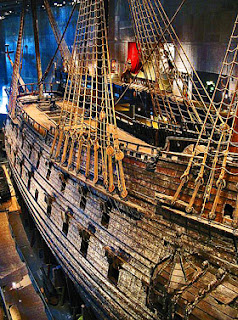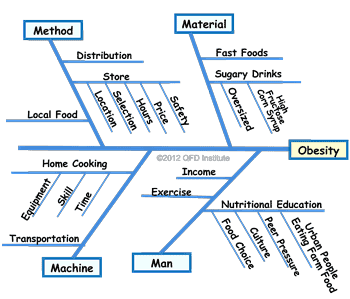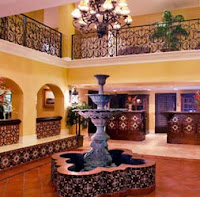One of the pleasures of the QFD Symposia is the chance to meet young professionals and scholars from around the world. We'd like to share some of their stories as a way to invite readers of this blog to join our community as a
presenter, writer, or
attendee.
The opportunity is best explained by this mail we received recently from Dr. Francisco Tamayo-Enríquez, one of our colleagues in Mexico who, after earning his Ph.D., was named in the November 2011 issue of the American Society for Quality's Quality Progress magazine as one of the top young professionals making a true quality difference in their organizations.
”(the word) ‘Sharing’ in Spanish means not only to inform, but also to express gratitude. I need to recognize that the beginning of my “international” career was because of the enthusiasm and support that I received from the QFD Institute and QFD community. Therefore, this recognition is also to the QFD community that had supported me during all these years and allowed me to have a lot of satisfactions and professional growth. Thank you very much sensei (teacher), for this invaluable opportunity.
"I owe a lot of my recognition to my QFDI community, teachers, workmates and students. To be able to stand in front of an international, English-speaking community, to write technical papers, to be able to participate and lead in modern-correct-useful QFD projects and to teach my students."
Another QFD colleague from Mexico, Verónica González Bosch, was also recognized in the ASQ magazine's top young professionals list. Verónica received the
Akao Prize® in 2006 and runs the Spanish language QFDLAT.com website.
These messages speak to the community of all QFD professionals to support our next generation of QFD experts. How can we help?
Beyond the formality of paper presentations, the
Symposium is a forum of idea exchange and mutual learning. It offers an opportunity to see real world applications as they happen, something way beyond what is covered in textbooks. More important, it offers an opportunity to network with and get feedback from experts on QFD implementation, research, which tools to use, and even thesis guidance.
Over the years, we've met many talented young people from all over the world through the Symposium. For example, one Ph.D. student from Serbia, Dr. Miljan Radunovic, contacted us a couple of years ago. Through a series of emails, we encouraged him to write up his situation. At the 2011 International QFD Symposium in Germany, this young man identified himself, saying that the paper we persuaded him to write not only got him accepted for the Symposium and earn his Ph.D., but also landed him a good job right out of school and a sponsorship to travel to the Symposium.
Dr. Catherine Chan was another Ph.D. student with a serious dedication. She wanted to help the Hong Kong clothing and textile industry transform their traditional OEM business model into a more competitive global player. Her first QFD paper, using classical QFD tools, was presented at the
2005 International QFD Symposium. Since then, she has taken up every opportunity to learn Modern QFD, first enrolling in the QFD Green Belt® Course and eventually earning her full-status
QFD Black Belt® this year. She now heads the
Hong Kong QFD Association and teaches at Hong Kong Polytechnic University.
In the 1990s, we got to know Dr. Fatih Yenginol, a young scholar from Turkey, when he first attended the QFD Symposium in Michigan, and later as a student in the advanced QFD courses, and finally as a speaker. He laid the foundation for QFD education at his
Dokuz Eylul University, organizing their first Turkish QFD Symposium in 2002 and later posthumously receiving the Akao Prize® in 2005. Although illness cut his life short at a young age, his legacy has been passed down to successive generations of scholars at the university, who hosted the 2005 International Symposium on QFD and additional QFD Green Belt® courses for Turkish industry. Dr. Aysun Kapucugil Ikiz, also of Dokuz Eylul University received an Akao scholarship, as well.
Other students in our QFD community have become a specialists in their own fields. We met Dr. Anders Gustafsson also at a U.S. QFD Symposium many years ago when he traveled from the Linkoping University in Sweden where he was a Ph.D. Student. He was instrumental in bringing the Third International QFD Symposium there in 1997. Anders is a recipient of the 1999 Akao Prize® for QFD, and he has gone on to become a leading scholar in the field of Conjoint Analysis.
These are some of the young talents who grew up in our QFD community and have gone on to great careers. If you are or know someone like them, we invite you to come see us at the upcoming
QFD Symposium in St. Augustine, Florida on November 2, 2012.
If you wish to be a speaker, we invite you to
send an abstract. To learn the best practice tools and methods of Modern QFD, we recommend attending the
QFD Green Belt® Course offered at the symposium.
 But after each series of Games, whether summer or winter, I always marvel at the discussion of which country won.
But after each series of Games, whether summer or winter, I always marvel at the discussion of which country won. 










